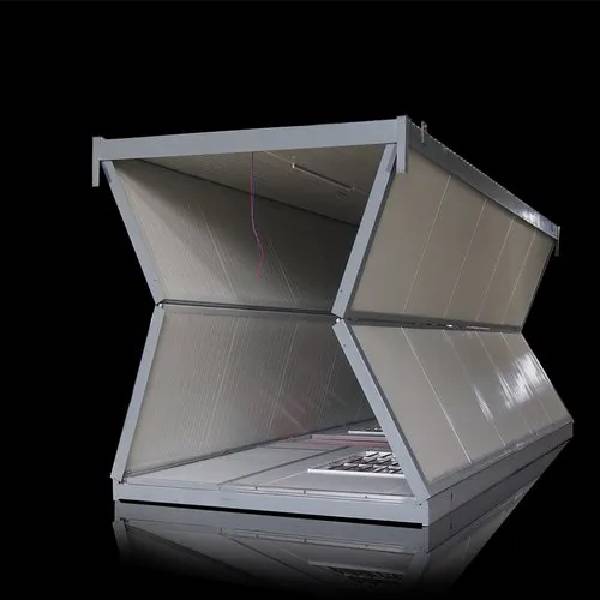Global Infection Control Market Trends, Share, Size, Growth, Opportunity, and Forecast 2022-2027
 |
| Infection Control Market |
Pathogenic microorganisms like
bacteria, viruses, parasites, or fungi are what cause infectious diseases. The
infections may be transmitted directly or indirectly from one person to
another, via contaminated or unsterilized surgical or medical equipment used to
treat a patient, or from being in a healthcare facility's contaminated
environment. In order to stop this infection, infection control is therefore a
preventable action. The global infection control market is anticipated to grow
as a result of factors like rising surgical procedures, rising rates of
hospital-acquired infections, rising rates of chronic diseases linked to ageing
populations, and expanding medical device reprocessing businesses. During the
projection period, worries about the security of reprocessed equipment could,
however, impede the expansion of the infection control market as a whole.
According to Coherent Market insights the Infection
Control Market Size, Share, Outlook, and Opportunity Analysis,
2022-2028.
The segment of cleaning and disinfection goods held the biggest market share in 2022 for infection control as a whole. One of the main causes of the increase in healthcare-associated infection (HAI) incidence worldwide is unhygienic surroundings. As a result, many medical organisations and governmental organisations adopted practical strategies to reduce the transmission of infectious diseases and germs. As a result, end users like hospitals, labs, and clinics are now more in need of cleaning and disinfection goods. The recent outbreak of the coronavirus (COVID-19) and rising standards for effective cleaning are additional factors that are creating growth opportunities in this market.
Due to the rise in
hospital-acquired infections in developing nations, the adoption of
sterilisation and disinfection equipment, the development of the R&D
sector, the expansion of healthcare reforms, and technological advancements in
medical device manufacturing, the Asia-Pacific region offers lucrative
opportunities for key players in the infection control market. Additionally, a
high population base, an increase in funding from government and non-government
sectors to raise awareness about infection prevention and control, and an
increase in demand for medical nonwoven materials all contribute to the
market's expansion. The expansion of major manufacturers' geographic presence
in developing Asia-Pacific nations is another factor that is anticipated to
fuel the expansion of the market in that region.



Comments
Post a Comment